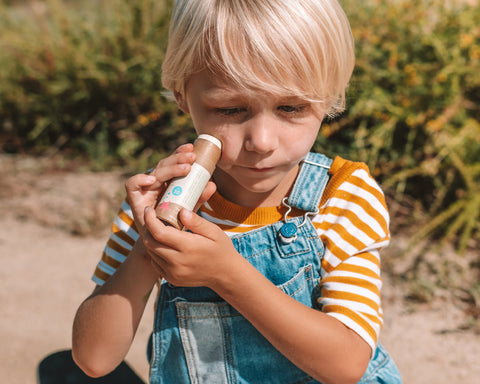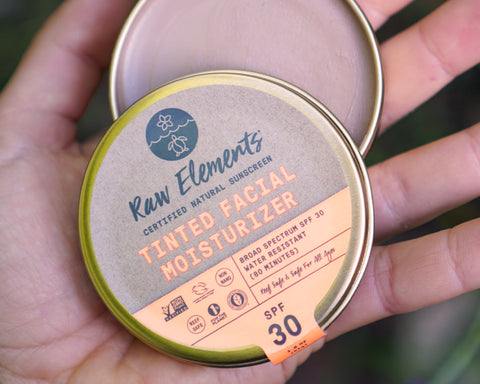Mineral vs. Chemical Sunscreen
If you aren’t familiar with these two types of sunscreen, the difference is pretty simple. Mineral sunscreen is a “physical sunscreen” that creates a protective barrier by sitting on top of your skin to block out the sun’s rays. One of the most common ingredients in mineral sunscreen is zinc oxide. A chemical sunscreen works like a sponge to absorb harmful rays and keep them from being absorbed by your skin. Common drugstore brands tend to be chemical sunscreens, but mineral sunscreens are becoming more and more popular (and easier to find).

Which one is better?
That’s highly personal. Often, a mineral sunscreen will be both reef-safe and better for sensitive skin, but that doesn’t mean you’re required to use that. The Environmental Working Group has a list of non-mineral options for sunscreen that can still be considered safe by their standards. They also have some comprehensive resources on how to choose the best sunscreen for you, what to know about various ingredients, and other tips for staying sun-safe year round.
Okay, but what about chemicals?
When it comes to sunscreen, there are specific chemicals like oxybenzone, octinoxate, and octocrylene (among others) that are damaging to the ocean, reefs, and marine life. It’s important to be mindful of this even if you don’t live near a reef or ocean, because these chemicals make their way into waterways when you shower or swim no matter where you are. Avoiding these ingredients is one way to protect yourself and the vital marine life on our planet.
So what about the sunscreen on Hive?
We choose reef-safe, non-nano zinc oxide mineral sunscreen. We’re committed to protecting the ocean and preventing damage to our environment. Right now, we’re also carrying almost entirely plastic-free sunscreen (and any plastic can be recycled through our TerraCycle program). This is another way to prevent damage to our ecosystems. At this point, it’s common knowledge that plastic is bad for the ocean (and beyond), so why not go one step further and not even bring it to the beach while you’re (safely) soaking up the sun?

Anything else?
If you want to learn more about sunscreen, you can check out the EWG’s guide, tips from the National Ocean Service, or information from the American Academy of Dermatology.

